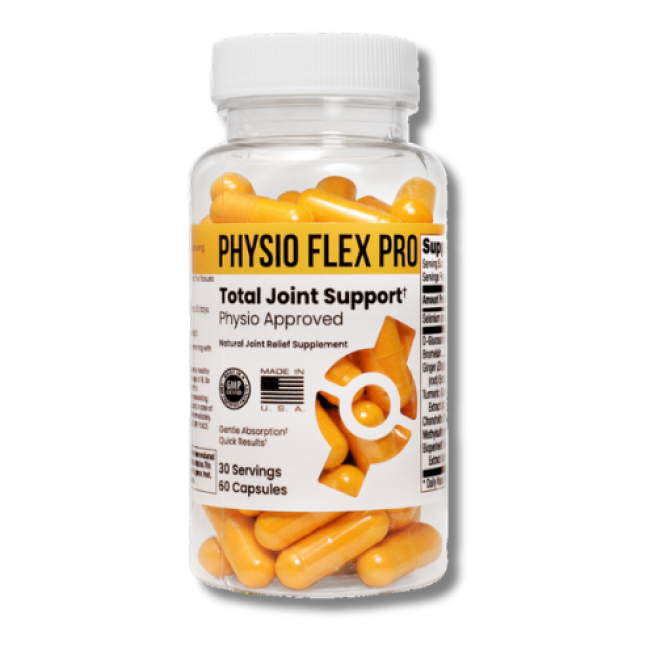Are you finding it difficult to do everyday tasks? Is walking, sitting, and even reaching out to the cupboard becoming a pain? While this is a part of growing old, you needn’t accept a limited quality of life just because of your age.
In this article, we will understand what causes pains and aches in seniors and ways to overcome them effectively.
How Are Your Joints Made-Up?
To put it simply, your joints are the areas where two or more bones meet. Some joints are immovable or fixed, such as those in the skull. Other joints like your vertebrae move to a limited range. Some joints are completely mobile and include:
- Hinge joints: They allow straightening and bending movements and include shoulders and hip joints.
- Pivot joints: They allow limited rotating movements and include your neck joints.
- Ball and socket joints: These joints allow for sideways, backward, forward, and rotating movements. They include your hip and shoulder joints.
- Ellipsoidal joints: They allow all movements except rotational ones. These are your wrist joints.
What Are Some Signs That Your Joints Need Attention?
Before we talk about the reasons that cause joint pains (see also 'Is Joint Pain Inevitable With Age?'), let’s talk about some clear signs that indicate joint problems. Some of the most common joint pain symptoms are:
- Stiffness or swelling in the joints.
- Intermittent or chronic pain.
- Limited movement or bending.
- Occasional numbness.
- Tingling sensation.
Why Are Joint Pains Common in Seniors?
An Oxford Academic study says that close to 83% of people above 75 years of age suffer from some degree of joint pain.
Some of the most common joint pain causes in older adults are:
- Osteoarthritis
All your joints are made up of a slippery yet firm tissue known as cartilage that allows for pain and friction-free joint movements. Osteoarthritis, often known as wear and tear disease, is a condition that leads to a breakdown in the cartilage.
When this happens, it causes the muscles and bones to rub onto each other causing pain and inflammation. It usually affects the most-used joints including your:
- Hips
- Knees
- Hands
- Wrists
- Obesity
According to a study published in the National Library of Medicine, obesity is one of the most common causes of arthritis in seniors. It impacts not just the weight-bearing joints but also non-weight-bearing joints and causes slow structural damage.
It also leads to decreased mobility and a negative state of mind.
- Injuries
Injuries, whether experienced while playing sports or during an accident, may lead to a condition known as post-traumatic osteoarthritis. Affecting mostly your hands, hips, and spine, these include bone dislocations or fractures.
- Constant Stress On The Joint
Being in occupations such as floor installation, farm working, painting, etc. directly leads to an increased risk of osteoarthritis. This is mostly because repeated strain and stress on a particular joint leads to wear down in its muscles and cartilage.
Also Read: Best Joint Health Exercises For Senior Citizens
How To Prevent and Reduce Joint Pain?

Just because your joints ache, doesn’t mean that it has to be a permanent feature in your life. There are ways in which you can delay the onset and reduce joint pain.
Here are some simple, practical, and effective tips for preventing old age aches and pains:
Besides these, supplementation deserves special mention here. Fortify your diet with chondroprotective agents such as glucosamine and chondroitin, often known as the building blocks of cartilage. The Comprehensive Biotechnology Journal, the body’s ability to produce these two compounds decreases with age.
That’s not all! There aren’t any readily available food sources for these two compounds either. The best solution is to consume good-quality supplements that contain these two compounds extracted from natural sources. One such supplement is Physio Flex Pro. It is FDA approved and made with A-grade ingredients, necessary to keep your joints healthy and pain-free.
The Bottom Line
Once you are above the age of 60 years, your joint health warrants special attention. It not just impacts your mobility but also your state of mind. With these simple tips, you can keep your joints pain-free and healthy for decades to come.
Try our elderly mobility calculator to measure your ability to move around and perform various physical tasks.






